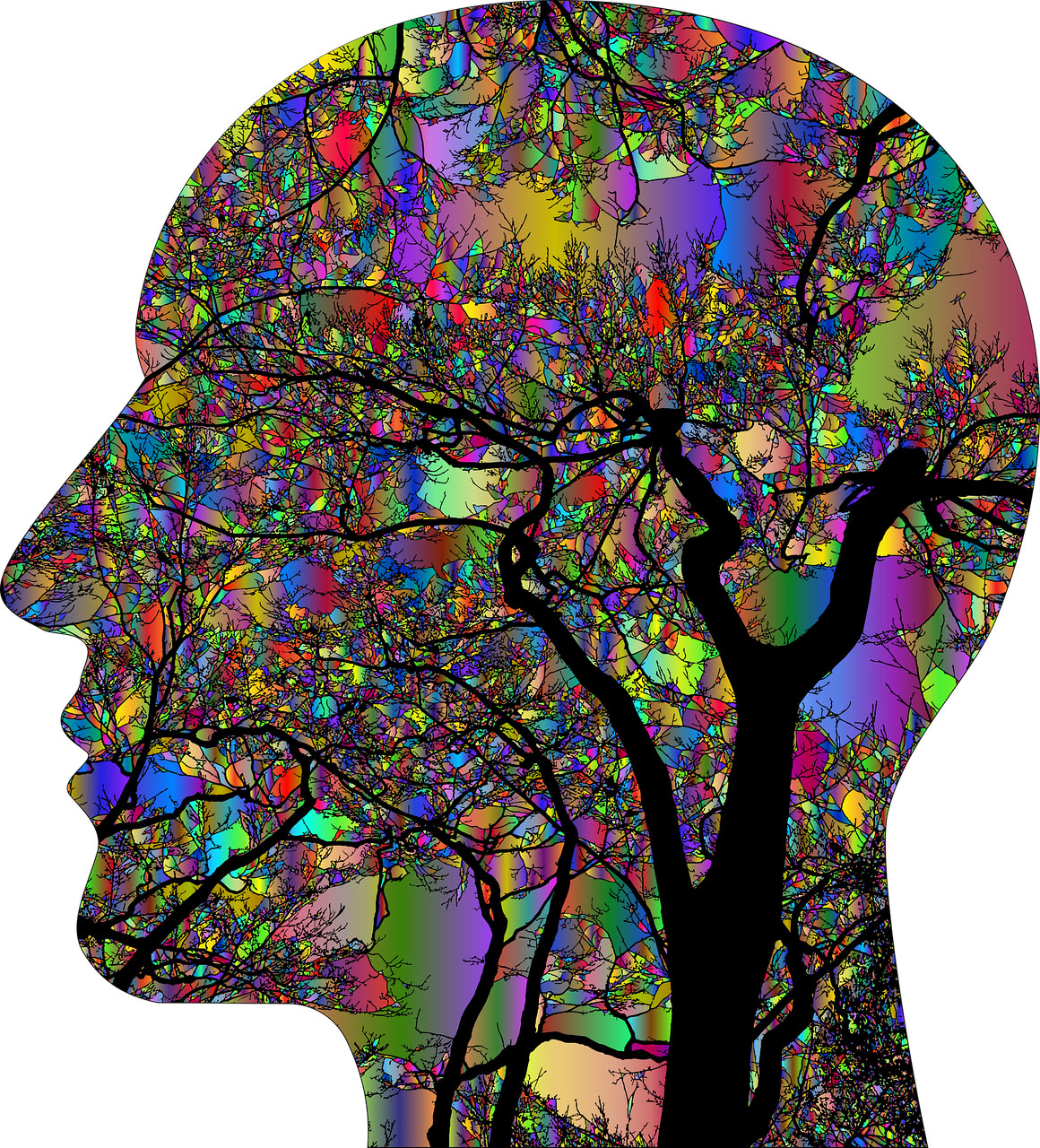Closing the I: Research takes a closer look at the experience of ego dissolution
Although associated with psychedelic drugs, this state of mind can also be accessed in daily life

Have you ever lost yourself in a good book, felt connected with the universe while meditating or felt slightly unreal after a night of poor sleep?
All are examples of a phenomenon known as ego dissolution, which can also be experienced through the use of psychedelic drugs. Binghamton University Distinguished Professor of Psychology Steven Jay Lynn, Associate Professor of Psychology Richard E. Mattson, and clinical psychology doctoral candidates Fiona G. Sleight and Charlie W. McDonald took a detailed look at what constitutes ego dissolution recently in the journal Frontiers in Neuroscience.
In their article, “Cross-Validation of the Ego Dissolution Scale: Implications for Studying Psychedelics,” they connect ego dissolution to a network of other variables related to the self, personality, and everyday experiences.
“Put simply, when one experiences ego dissolution, one experiences, to varying degrees, a loss of their ordinary sense of self,” Sleight said.
There has been a renewed interest in psychedelics in recent years for the treatment of complex conditions, such as post-traumatic stress disorder, addiction, major depression, and anxiety related to the end of life. Ego dissolution can potentially be a vehicle for growth in these cases through increasing psychological insight and flexibility, although it also carries the risk of negative consequences. Understanding how this experience works could potentially enhance the safety profile of practices used to elicit it.
It’s a new area of research, Sleight said, and questions remain about whether some people are naturally disposed to these states of consciousness. Many of us experience a mild version of ego dissolution in our day-to-day lives when we engage in “flow states.”
“Flow states arise when we are absorbed in an enjoyable and attention-engaging activity; think of reading a good book, completing an assignment you are immersed in or playing a sport you love,” Sleight explained. “In flow states, you become so absorbed in the task that you can lose track of time and feel less self-conscious.”
In ordinary consciousness, we experience ourselves completing actions, feeling emotions or thinking thoughts. During periods of ego dissolution, our first-person perspective is no longer present; the “I” fades from view.
Unity and ego loss
That experience can be profound and positive, fostering a sense of unity with other human beings, nature and the universe. Or it can sink us into painful isolation, estranging us from our surroundings, circumstances and identities — the proverbial “bad trip.”
“Our scale can be described in three parts: A total scale score and subscale scores we called ego loss and unity,” McDonald explained.
Ego loss consists of negative experiences such as depersonalization, detachment from reality and dissociation, and even psychosis, while unity carries a mystical sense of oneness with a larger whole, he explained. Unity experiences are associated with mindfulness, positive emotions and an extraverted personality, which naturally seeks connections with others.
“One of the benefits of our scale is that clinicians and researchers can examine ego dissolution in everyday life at the more global level, in terms of the total score, as well as in terms of the subscales of ego loss and unity,” McDonald added.
The researchers also explored variables associated with ego dissolution. A tendency to be mindful in everyday life, for example, was negatively related to ego loss, but positively associated with unity. A predisposition to hallucinations is associated with greater susceptibility to ego dissolution as a whole, as well as the negative experience of ego loss — which raises interesting questions as to peoples’ susceptibility to “bad trips.”
Similarly, sleep problems and disruptions — which include sleep apnea, insomnia and narcolepsy — were also correlated with ego dissolution and ego loss in particular. In fact, the lab’s study was among the first to investigate the relationship between ego dissolution and sleep in a comprehensive way.
Individuals who score high on a trait known as “transliminality” are also more apt to experience ego dissolution. Being highly sensitive individuals who are acutely aware of their thoughts, emotions and perceptions, as well as subtle changes in the environment, they are also more likely to daydream, endorse paranormal beliefs, and experience altered states of consciousness.
Developing the scale lays the groundwork for future research, such as whether certain factors —say, dissociation related to trauma or regular meditation practice— may predict how an individual responds to psychedelic drugs.
“One of the reasons why we developed our scale was to answer such questions in future studies, which are largely unexplored territory,” Sleight said. “Our scale permits researchers to assess both positive and potentially negative experiences of ego dissolution and thereby better understand the origins of phenomena like ‘bad trips’ on psychedelic drugs, and negatively experienced ego dissolution more generally, as well as the psychological highs of mystical experiences of unity.”
